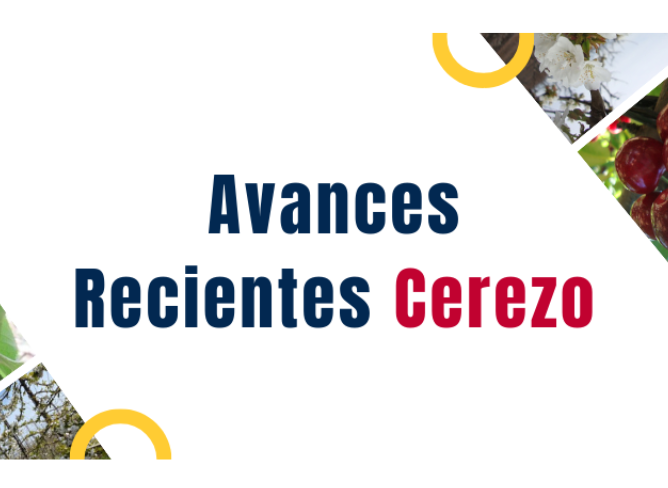Product preservation in the fruit supply chain
Product preservation is a topic of great interest in the fruit supply chain, especially for highly perishable fruits such as cherries. In this context, a recent Chinese study tested the use of light-activated chlorogenic acid (CA) incorporated into agar-based composite films, capable of extending the shelf life of cherries through a photodynamic antimicrobial action.
This system presents itself as a biodegradable and eco-friendly alternative to conventional preservation methods, which are often based on synthetic preservatives.
The role of chlorogenic acid
Chlorogenic acid (CA) is a natural phenolic compound abundantly present in plants, known for its antioxidant and antimicrobial properties. However, its application in the food packaging sector has so far been limited by stability issues and the need for high concentrations to achieve significant effects.
The study addressed these limitations by exploiting photodynamics, a process in which chlorogenic acid, when exposed to light (in this case from a xenon lamp at 100 mW/cm²), generates reactive oxygen species (ROS) capable of selectively damaging cell membranes, DNA, and proteins of pathogenic microorganisms.
In particular, at a concentration of 0.5 mg/mL, CA showed very high efficacy against Staphylococcus aureus and Escherichia coli, two common foodborne bacterial contaminants.
Integration into agar-based films
To make this solution practically applicable, chlorogenic acid was incorporated into polymer films based on agar, a biopolymer derived from red algae. The CA-AG films were produced using a casting process and enriched with various concentrations of CA (up to 0.5 mg/mL).
The addition of the compound improved the mechanical and barrier properties of the films, as evidenced by tests on tensile strength, elongation, oxygen permeability, and water vapor permeability.
In particular, the film containing 0.3 mg/mL of CA (CA0.3-AG) showed the best balance between flexibility, strength, and antimicrobial properties, making it the optimal candidate for preservation trials.
Experimental setup and results
In the experiment, cherries were stored for 9 days at 25 °C and 75% relative humidity, and divided into four groups: 1) unpackaged, 2) wrapped in polyethylene film, 3) wrapped in pure agar film, and 4) wrapped in CA0.3-AG film irradiated for 20 minutes.
The unpackaged group showed a decay rate of 75% after just 5 days, while the CA0.3-AG film group showed only 12.5% of compromised fruit on day nine.
Moreover, cherries treated with the photodynamic film maintained better quality parameters: lower weight loss, more stable coloration, greater firmness, smaller pH variation, and a lower soluble solids content, indicating a slower ripening process.
Conclusions and future challenges
The study demonstrates the validity of this new concept of active and intelligent packaging: biodegradable photodynamic films capable of selectively protecting food from major contaminating agents, without altering its organoleptic properties.
However, the authors acknowledge the challenges to be addressed for large-scale industrial application: CA’s sensitivity to photodegradation, the need to optimize production processes, the cost of raw materials, and the integration of the light source into the packaging system.
In conclusion, developments in sustainable and functional preservation and packaging are numerous and promising. The use of chlorogenic acid in photodynamic films represents a concrete alternative to the use of preservatives and can contribute to reducing food waste along the supply chain.
Source: Han, X., Chen, J., Wang, Q., Zhang, J., Mi, J., Feng, J., Du, T., Wang, J., & Zhang, W. (2025). Photodynamically activated chlorogenic acid-based antimicrobial packaging films for cherry preservation. Food Chemistry, 479, 143857. https://doi.org/10.1016/j.foodchem.2025.143857
Image source: Radicevic et al., 2025
Cherry Times - All rights reserved










